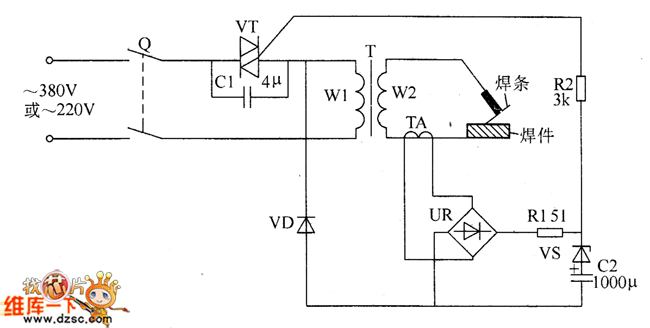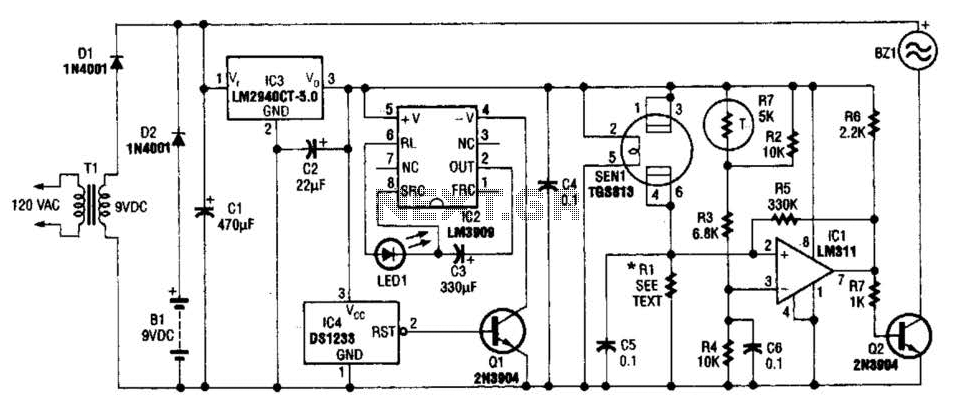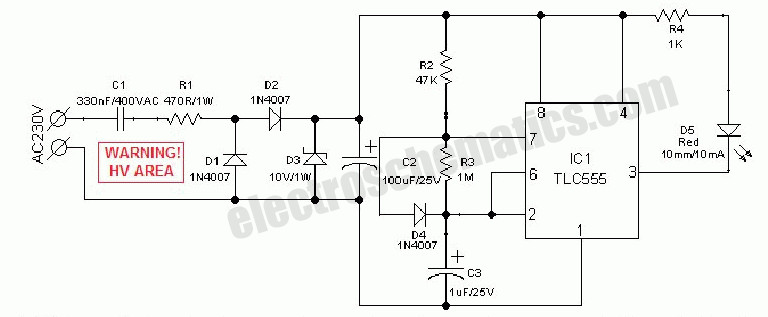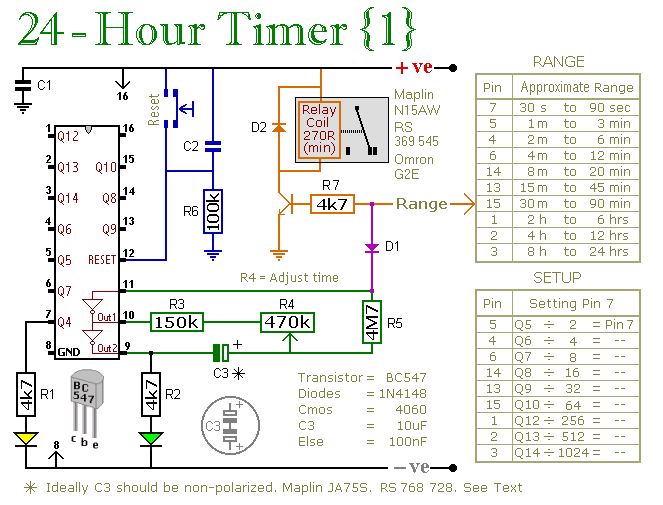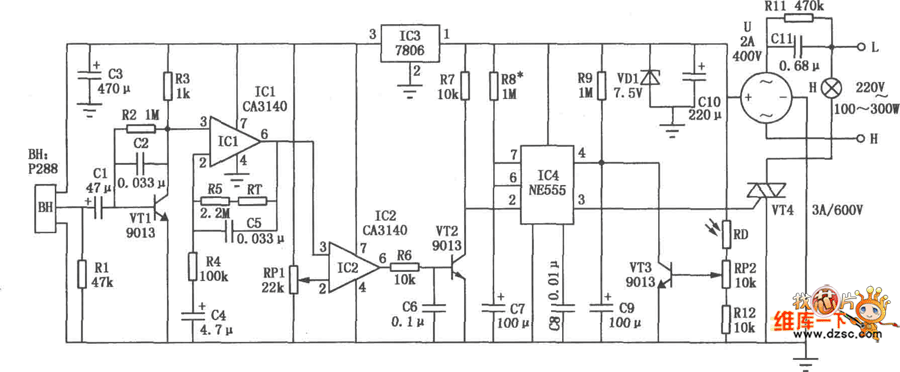
tea5551t am radio receiver circuit design electronic project
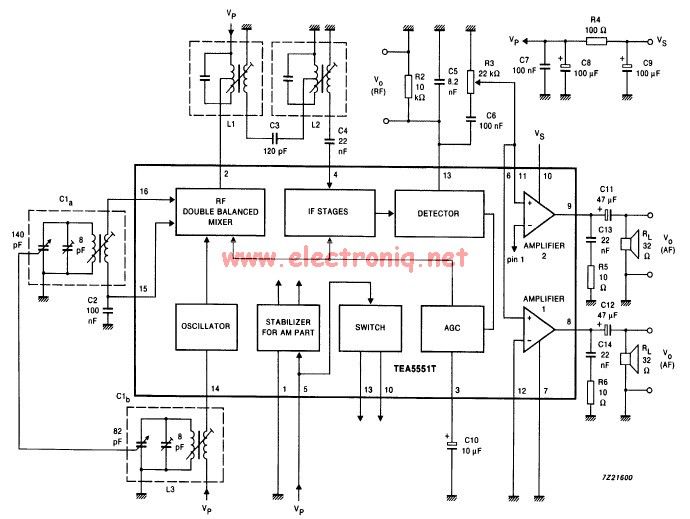
The TEA5551T monolithic integrated radio circuit can be utilized to design an AM radio receiver, intended for use as a portable radio receiver with headphones. The TEA5551T radio receiver circuit encompasses all necessary components for a complete AM receiver, including a fully integrated AM section and a dual audio frequency (AF) amplifier with low quiescent current. In many cases, it may be difficult to purchase the required inductors; therefore, it is necessary to construct inductors L1, L2, and L3. The construction data for these three inductors is illustrated in the accompanying image.
The TEA5551T circuit operates by receiving amplitude-modulated (AM) signals, which are then demodulated to extract the audio information. The integrated design simplifies the overall layout, reducing the number of external components required, which is particularly advantageous for portable applications. The dual AF amplifier enhances the audio output, ensuring that the sound quality is sufficient for headphone listening.
To construct the inductors L1, L2, and L3, specific winding techniques and core materials must be considered to achieve the desired inductance values. Typically, these inductors can be made using enameled copper wire wound around ferrite cores or air cores, depending on the frequency of operation and the design specifications. It is crucial to adhere to the specified number of turns and wire gauge to ensure optimal performance of the radio receiver.
The schematic of the TEA5551T AM radio receiver will include connections for the power supply, antenna input, and audio output to the headphones. Additionally, tuning capacitors may be employed to allow for frequency adjustment, enabling the user to select different AM stations. Proper grounding and shielding techniques should be implemented to minimize interference and improve reception quality.
In summary, the TEA5551T monolithic integrated circuit provides a compact and efficient solution for building an AM radio receiver, while the construction of inductors L1, L2, and L3 is essential for achieving the required inductance for optimal circuit performance.Using TEA5551T monolithic integrated radio circuit can be designed a AM radio receiver circuit which is designed for use as a portable radio receiver with headphones. The TEA5551T radio receiver circuit contains all is needed for a AM radio receiver circuit (a complete AM part and dual AF amplifier with low quiescent current).
Because in most cas e we don`t find to buy inductors you need to build the inductors L1, L2, L3. In the picture bellow you can see the construction data for these three inductors. 🔗 External reference
The TEA5551T circuit operates by receiving amplitude-modulated (AM) signals, which are then demodulated to extract the audio information. The integrated design simplifies the overall layout, reducing the number of external components required, which is particularly advantageous for portable applications. The dual AF amplifier enhances the audio output, ensuring that the sound quality is sufficient for headphone listening.
To construct the inductors L1, L2, and L3, specific winding techniques and core materials must be considered to achieve the desired inductance values. Typically, these inductors can be made using enameled copper wire wound around ferrite cores or air cores, depending on the frequency of operation and the design specifications. It is crucial to adhere to the specified number of turns and wire gauge to ensure optimal performance of the radio receiver.
The schematic of the TEA5551T AM radio receiver will include connections for the power supply, antenna input, and audio output to the headphones. Additionally, tuning capacitors may be employed to allow for frequency adjustment, enabling the user to select different AM stations. Proper grounding and shielding techniques should be implemented to minimize interference and improve reception quality.
In summary, the TEA5551T monolithic integrated circuit provides a compact and efficient solution for building an AM radio receiver, while the construction of inductors L1, L2, and L3 is essential for achieving the required inductance for optimal circuit performance.Using TEA5551T monolithic integrated radio circuit can be designed a AM radio receiver circuit which is designed for use as a portable radio receiver with headphones. The TEA5551T radio receiver circuit contains all is needed for a AM radio receiver circuit (a complete AM part and dual AF amplifier with low quiescent current).
Because in most cas e we don`t find to buy inductors you need to build the inductors L1, L2, L3. In the picture bellow you can see the construction data for these three inductors. 🔗 External reference
